LifeLine’s Pavo Motion 3500 boasts movement-sensing technology which dims the light’s output by half when it senses you are stationary. It retails for a reasonable £169.99.
Its all-in-one form factor combines LED and battery. Including the Garmin-style twist-lock mount – compatible with both 31.8mm and 35mm handlebar diameters – the system weighs 380g.
The single on/off switch and mode selector button doubles up as a low battery indicator, switching colour (between red and blue, depending on its selected mode) to indicate the battery’s charge is critical.
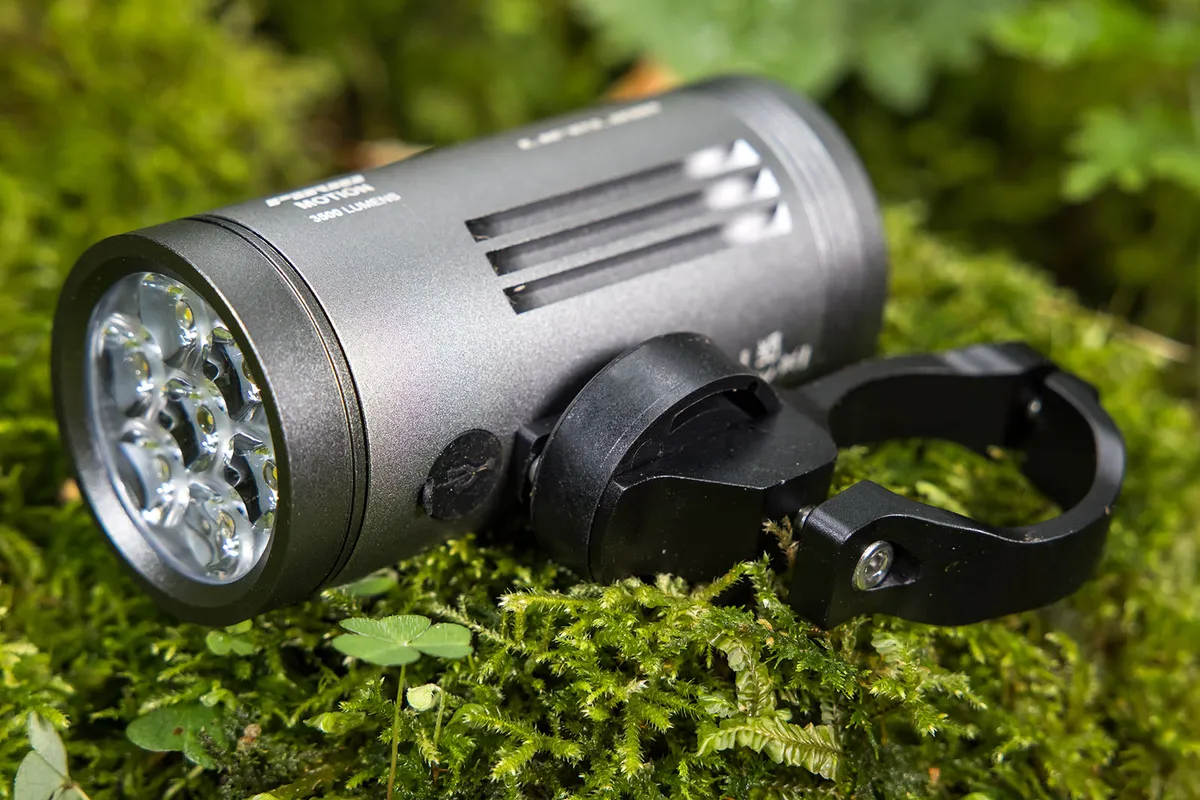
On full power, the Pavo Motion 3500 mountain bike light is claimed to run for 2.5 hours before the 10,050mAH battery is fully depleted.
A USB-C connector is used for charging, and a full cycle takes approximately 7.5 hours.
Seven LEDs sit behind an LEDiL-branded lens, giving a claimed 24 degrees of beam spread.
LifeLine Pavo Motion 3500 performance
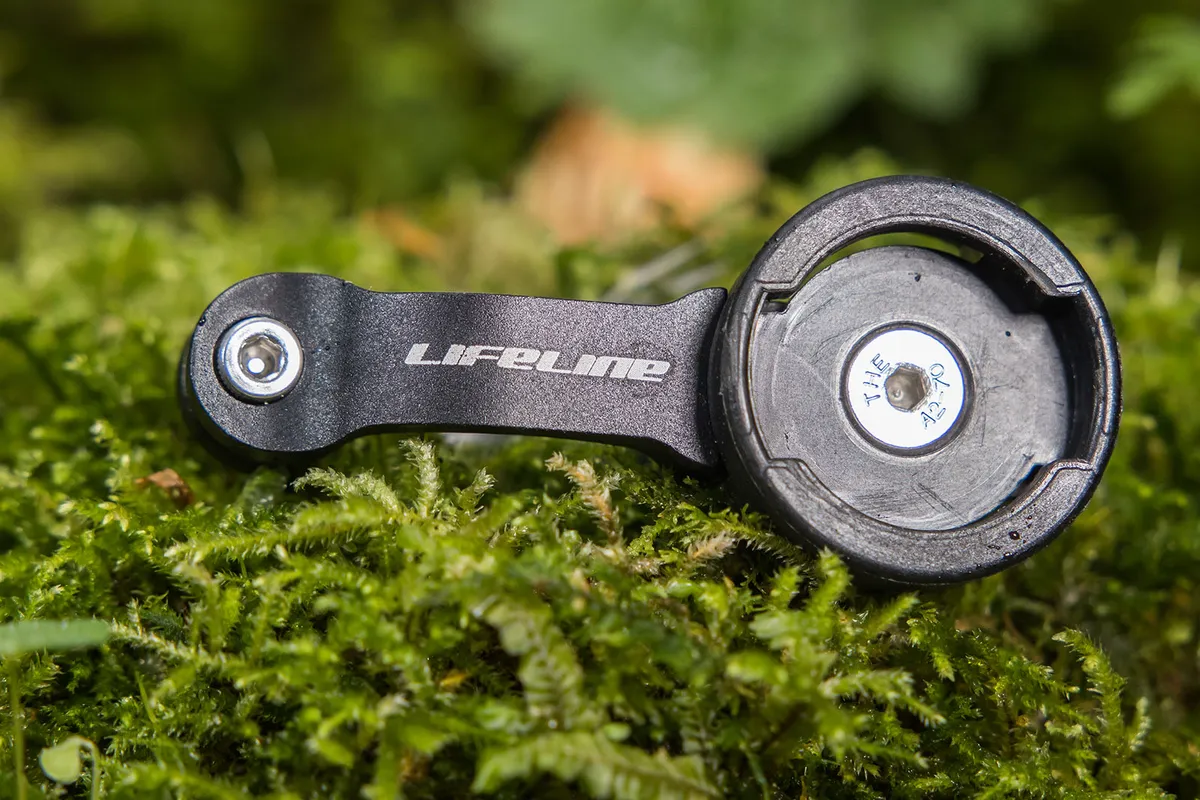
LifeLine’s bar clamp relies on two bolts, one passing from the top and tightening into the lower part of the clamp, the other going from the bottom and screwing into the top bit of the clamp.
This two-bolt design makes installation trickier than a hinged, single-bolt clamp, plus the two foam spacers – that make it compatible with 35mm bars – are fiddly to keep in place.
However, once installed the clamp is stable, providing a good anchor for the light. Plus, the Garmin-style twist-lock interface makes light removal or fitment quick and easy.
The clamp’s width (15mm) leaves plenty of space on the handlebar for other accessories, but the light’s all-in-one shape and proximity to the bar might limit room for a bike computer or other devices.
On the trail
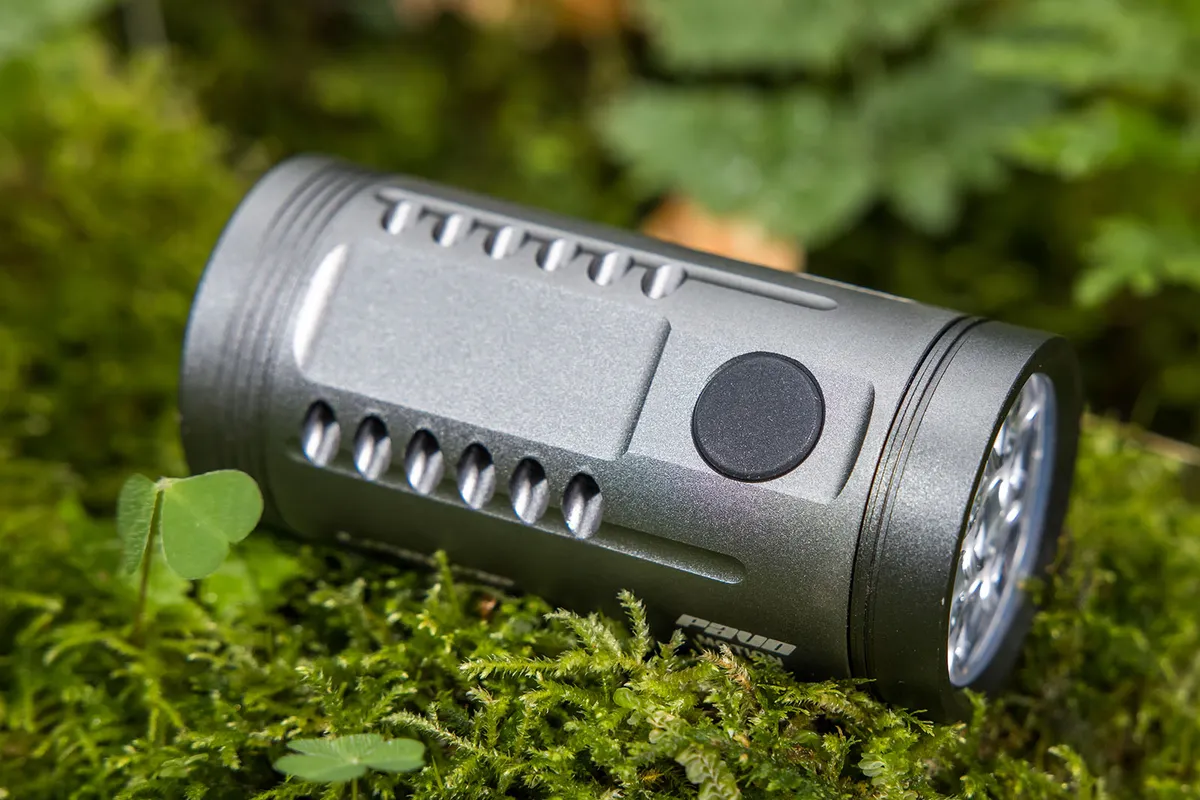
The Pavo Motion 3500’s light is thrown far down the trail, lighting up obstacles and lines way ahead. This makes riding high-speed, technical trails much easier, as context is given and lines can be spotted early.
That said, power feels less than its claimed 3,500-lumen output and closer to a 2,500-lumen light.
The beam width is good, but its usable spread is reduced by the light’s overall power. While the peripheral cut-off is gradual, which helps orientate you on the trail, the spread isn’t as wide as it could be if the light had as much power as claimed.
With more power, its output could be spread wider, lighting up more of the terrain. This would help in tight switchbacks, illuminating the exits of turns and helping you pick lines.
Thanks to a yellow/brown hue, earthy trail-coloured tones are well highlighted. This makes it easy to see with, creating no eye strain from dazzle or bleached-out, overexposed areas of white light.
While mode selection is simple and operation is intuitive, the single two-colour LED-come-button’s functionality isn’t great. Switching between red and blue, the button denotes which mode you’re in, but once the battery runs low it switches again to the other colour. Keeping track of this requires attention.
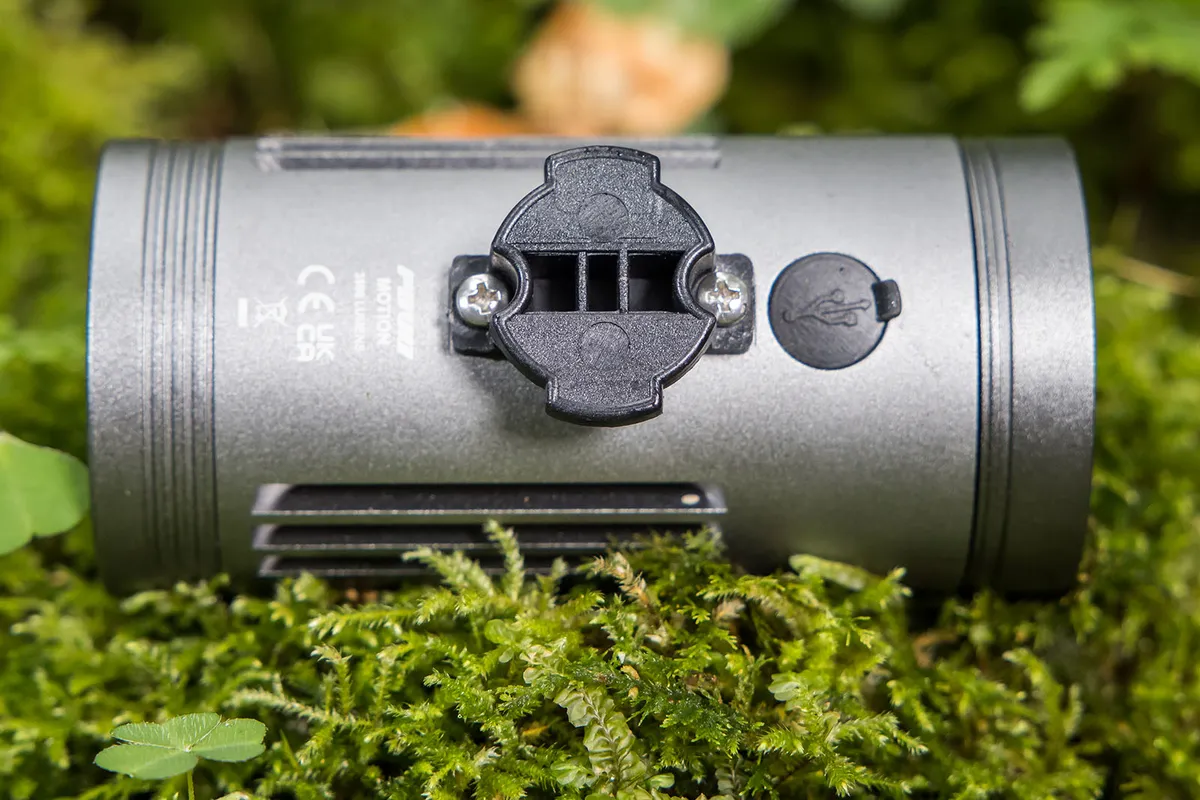
Like Exposure’s Reflex mode, the Pavo’s Motion functionality adapts the light’s power output depending on rider movement.
While the sensor isn’t lightning-quick to respond, changes in output are marked and effective. It doesn’t dim when it shouldn’t, choosing to err on the side of caution by always selecting a higher output.
While this lack of sensitivity on smoother trails reduces battery life by not dimming its output sooner, it’s welcome on technical trails.
And, like Exposure’s Reflex mode, it’s refined enough to negate switching modes on the fly.
How long does the LifeLine Pavo Motion 3500’s battery last?
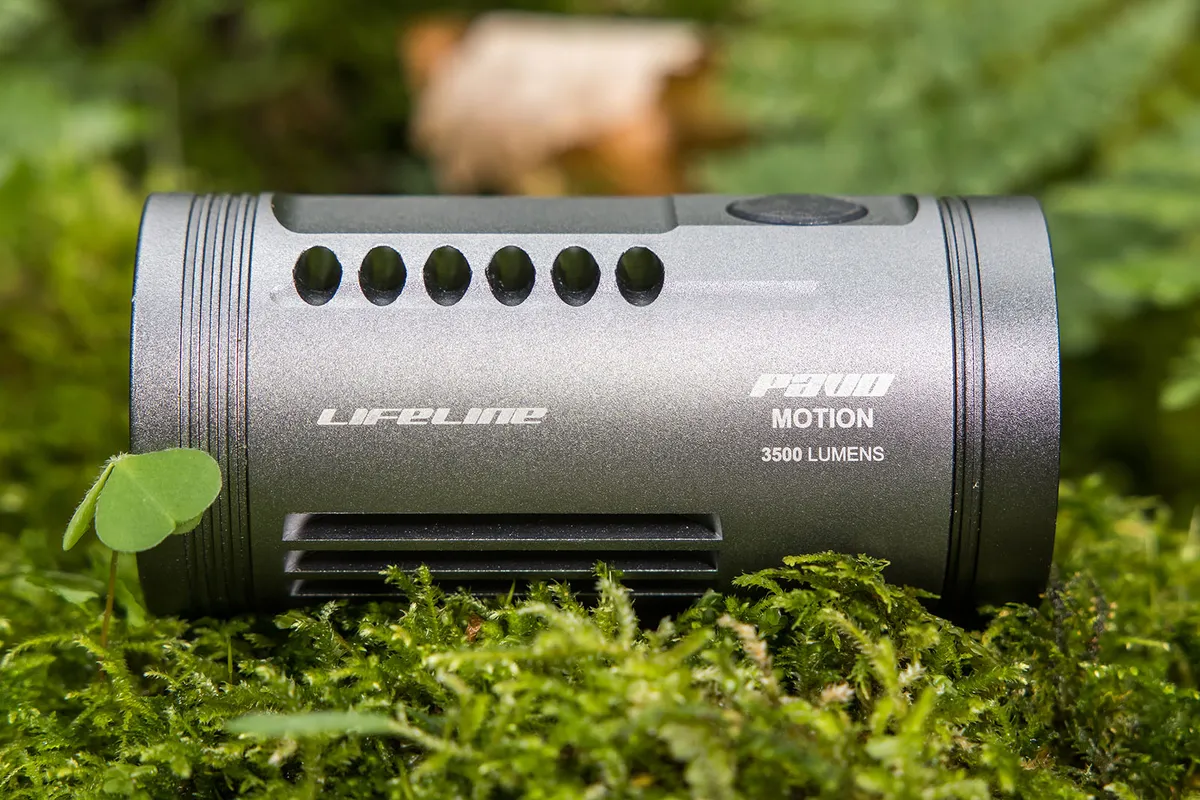
During the run-time test, the Pavo Motion’s motion-sensing technology couldn’t be switched off.
Despite selecting the 2,500-lumen constant power output mode, confirmed by the button lighting up blue (rather than red, which denotes the motion-sensing mode), the light would automatically cycle out of its highest output and require constant ‘waking up’.
Returning the light to its maximum power setting was possible, but it would quickly return to a lower output.
This made it hard to get an accurate measure of its battery’s run time, which far exceeds the manufacturer’s claims because of the output while cycling.
Roughly, however, the light lasts for three hours, which is longer than the claimed 2.5-hour run time.
Of course, the light prematurely selecting a lower power output isn’t an issue on the trails. Using the motion setting rider and bike movement stops the light from constantly reducing power when it shouldn’t.
LifeLine Pavo Motion 3500 bottom line
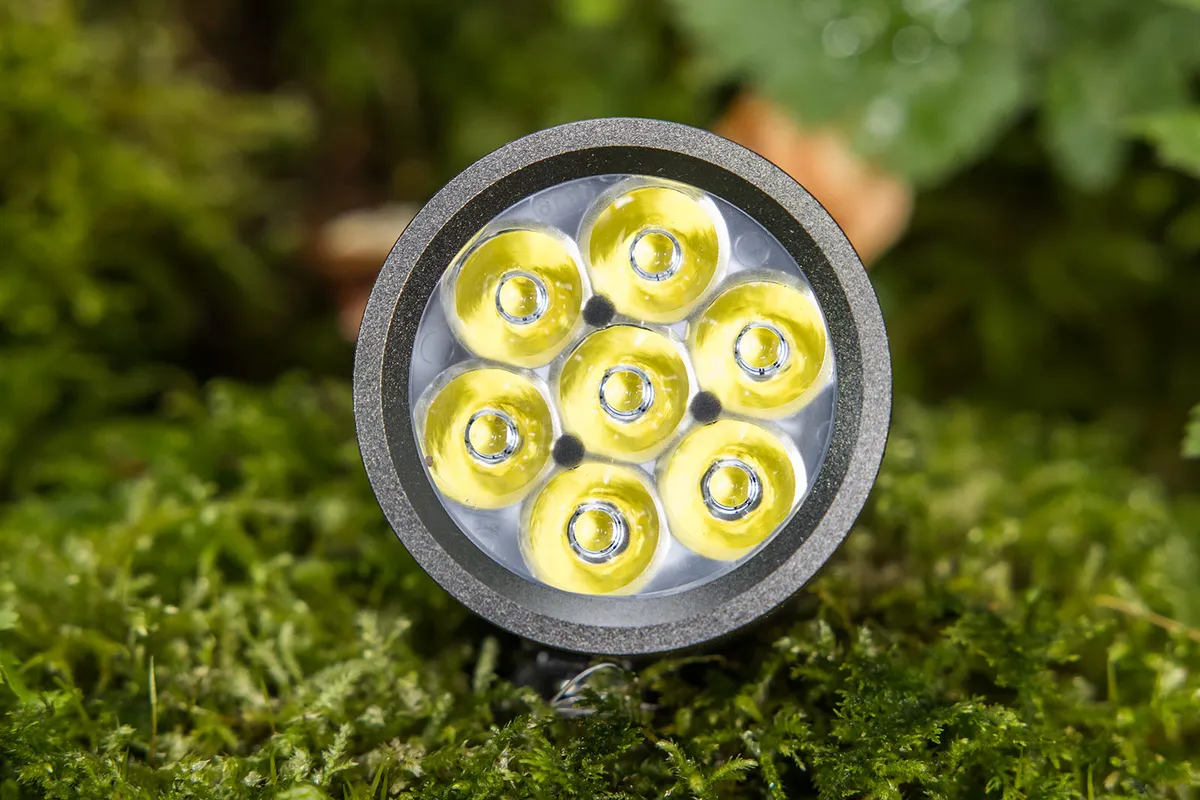
The Pavo Motion 3500 is a great light, offering similar features to significantly more expensive competitors. The Motion mode negates the need to fiddle with the light on the move, so you can focus on riding rather than faffing.
While power feels lower compared to the brand’s claims, there’s still enough on tap to ride gnarly trails with confidence. A better beam spread would be a benefit, but it’s not essential.
For the price, the Pavo Motion 3500 is an impressive performer, and Chain Reaction is usually selling it at a chunky discount, making it even more appealing.
How we tested
We've tested nine sets of mountain bike lights to help you find the perfect one for your needs.
We put the lights through their paces in the depths of night on a host of different trails – from flat-out trail centre loops to tight and twisty natural singletrack – to see how well they illuminate the terrain.
Also included in this test:
- Blackburn Countdown 1600
- Exposure MaXx-D MK15
- Gloworm X2 (G2.0)
- Lumicycle Explorer 2 Enduro Pack
- Lupine SL MiniMax AF
- Magicshine Monteer 12000
- Niterider Pro 2200 Race
- Silva Spectra A
Product
| Brand | Lifeline |
| Price | A$300.00, €200.00, £170.00, $220.00 |
| Weight | 380g |
Features
| Light type | front |
| Integrated battery | yes |
| Features | Run time: 3hr (measured, max power) |
| Output (lumens) | 3500 |
